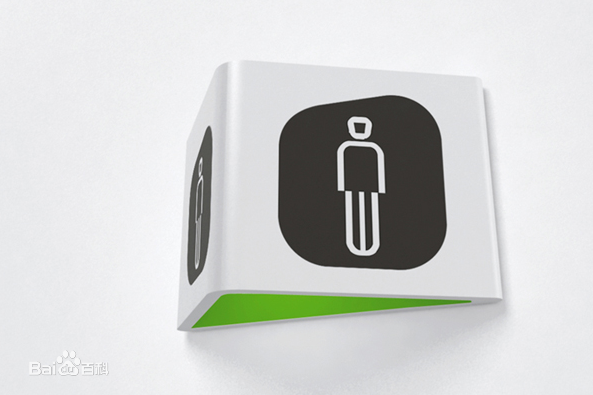In recent years, interplanetary exploration has gained significant momentum, leading to a focus on the development of launch vehicles. However, the critical technology of edl mechanisms has not received the same level of attention and remains less mature and capable. To address this gap, we took advantage of the REXUS program to develop a pioneering edl mechanism. We propose an alternative to conventional, parachute based landing vehicles by utilizing autorotation. Our approach enables future additions such as steerability, controllability, and the possibility of a soft landing. To validate the technique and our specific implementation, we conducted a sounding rocket experiment on REXUS29. The systems design is outlined with relevant design decisions and constraints, covering software, mechanics, electronics and control systems. Furthermore, an emphasis will also be the organization and setup of the team entirely made up and executed by students. The flight results on REXUS itself are presented, including the most important outcomes and possible reasons for mission failure. We have not archived an autorotation based landing, but provide a reliable way of building and operating such vehicles. Ultimately, future works and possibilities for improvements are outlined. The research presented in this paper highlights the need for continued exploration and development of edl mechanisms for future interplanetary missions. By discussing our results, we hope to inspire further research in this area and contribute to the advancement of space exploration technology.
翻译:暂无翻译
相关内容
Source: Apple - iOS 8




